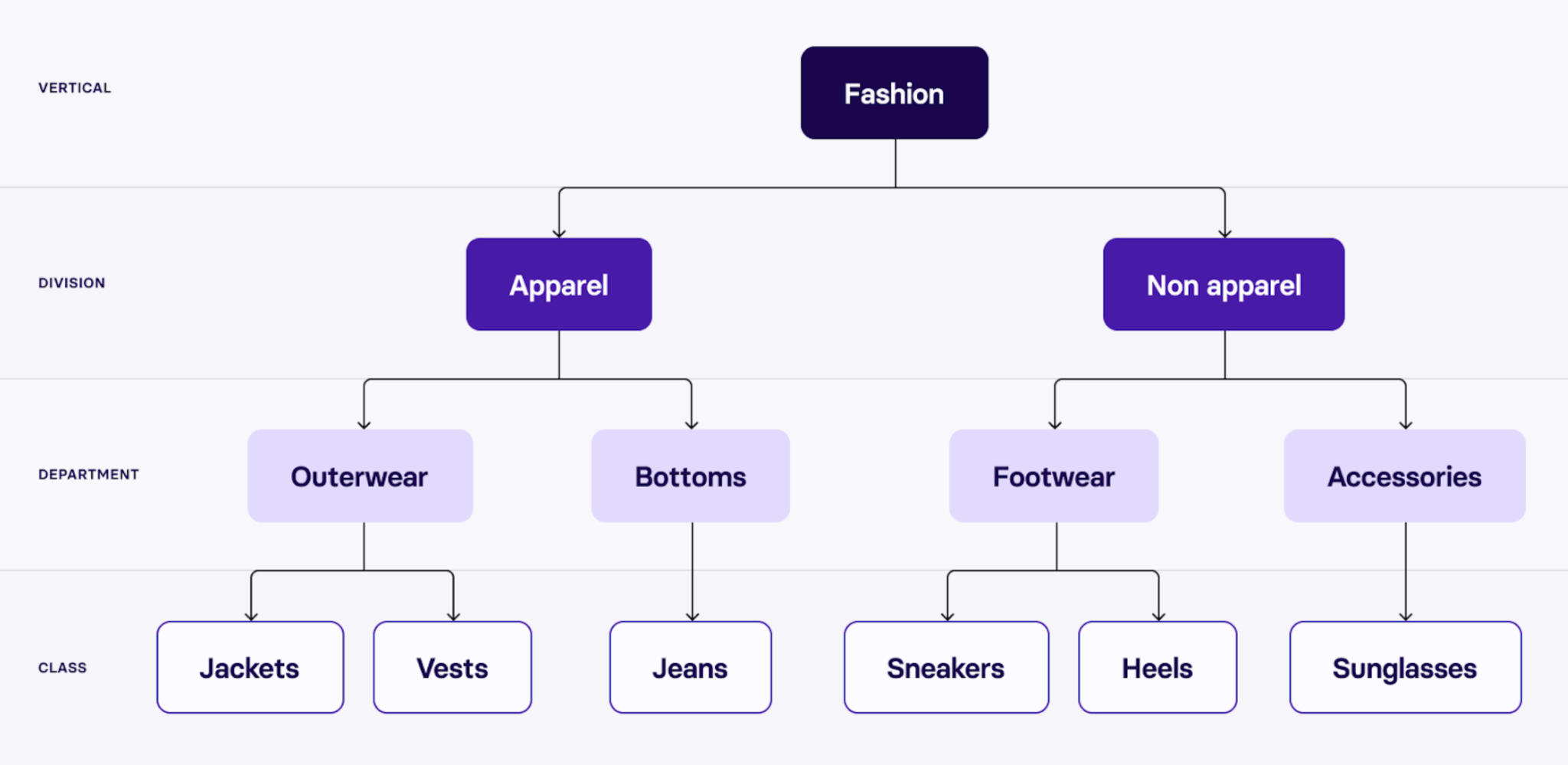
In the world of eCommerce, every detail on your website plays a role in how customers discover and interact with your products. One of the most powerful yet often overlooked strategies for better visibility and user experience is internal linking. Internal links connect one page of your website to another, guiding visitors through your content and helping search engines understand your site’s structure. When implemented strategically, internal linking can significantly improve your store’s SEO performance, boost conversions, and keep customers browsing longer.
To truly see its impact, let’s explore how internal linking strengthens SEO, enhances user experience, and helps your eCommerce store perform at its best.

Internal linking refers to the practice of linking pages within the same domain to help users navigate and discover related content or products. For example, linking a product page to its category page, or a blog article to a related product, helps build a web of connections that supports both SEO and user experience.
These links serve two main purposes:
In short, internal links create a roadmap for both users and search engines, leading them to valuable content that keeps your store engaging and discoverable.
Internal linking is essential for eCommerce websites because it bridges the gap between SEO performance and a seamless shopping experience. Unlike regular blogs or service sites, online stores often have hundreds or even thousands of pages, making it challenging for search engines to index every product efficiently. Internal links provide structure and guidance, ensuring your most important pages get the visibility they deserve.
To maximize SEO benefits and user engagement, internal linking must be strategic rather than random. A well-planned internal linking structure ensures that both search engines and users can easily navigate your site while emphasizing your most valuable pages. Below are the best practices every eCommerce store should follow:
Anchor text, the clickable words in a hyperlink, tells both users and search engines what to expect on the linked page. Instead of generic phrases like “click here,” use descriptive, keyword-rich text that clearly explains the link’s purpose. For instance, “shop our sustainable yoga mats” is more SEO-friendly and informative than “view more.” This approach boosts relevancy, improves keyword targeting, and enhances user trust by setting clear expectations.

One of the most effective strategies in eCommerce is connecting related product pages and categories. When users explore a product, linking them to complementary or alternative items increases the chance of additional purchases. For example, linking a smartphone page to matching cases, chargers, or accessories encourages upselling and cross-selling. It not only enhances user convenience but also boosts your store’s overall conversion rate.
Your blog is a powerful SEO tool, and internal links within posts can drive traffic to your product pages. For example, if you write a guide about “choosing the perfect hiking boots,” include links to your best-selling hiking footwear. This tactic not only provides readers with useful next steps but also helps pass SEO value to your commercial pages. Over time, your blog becomes a valuable traffic funnel that educates customers while generating sales.

Your navigation menus and footers serve as primary access points for both users and search engines. Make sure they include internal links to key pages, such as best-selling products, seasonal collections, and contact information. A well-organized navigation structure helps distribute authority evenly and ensures no critical pages are buried too deep in your site. Meanwhile, footer links provide consistent, site-wide access to important sections, reinforcing SEO strength and usability.
While internal linking is powerful, overusing it can backfire by cluttering your pages and confusing users. Too many links dilute SEO value and make it harder for search engines to determine which pages are truly important. Focus on relevance, each link should add clear context or benefit the user journey. By keeping your internal linking balanced, you maintain clarity, authority, and a smooth browsing experience.
Internal linking isn’t just about SEO but it’s also about making your website enjoyable and intuitive for users. When customers can easily find related products or helpful information, they’re more likely to stay, explore, and make a purchase. A thoughtful linking structure improves engagement, builds trust, and helps create a seamless shopping journey from discovery to checkout.
When shoppers land on a product page, internal links to related items give them more options to explore. For example, linking a laptop product page to “compatible accessories” or “similar models” encourages browsing and comparison. This increases the likelihood of multiple purchases and helps customers make more informed decisions. Over time, this approach strengthens user satisfaction while driving higher average order values.
Internal linking provides clear pathways for users to find what they need without feeling lost. Instead of searching manually or clicking back repeatedly, customers can simply follow links that lead them naturally through your product ecosystem. For instance, a link from “men’s jackets” to “winter accessories” feels intuitive and keeps users moving smoothly through your site. The easier your site is to navigate, the more confident and engaged shoppers will feel.
A well-structured internal linking strategy demonstrates that your store is organized and trustworthy. When users see logical links between categories, guides, and product recommendations, they perceive your site as credible and user-friendly. This kind of structure reassures them that you care about their experience and have thoughtfully curated related products or content. Ultimately, trust leads to higher conversion rates and long-term customer loyalty.
Strategic linking keeps customers engaged by continuously offering relevant next steps. Instead of ending their journey on a single product page, users can explore more categories, tutorials, or bundles that align with their interests. Each additional click increases time spent on your website, a key signal that users find your content valuable. The result is stronger engagement, better SEO metrics, and higher chances of turning visitors into repeat buyers.
Managing internal links across hundreds of product pages can be challenging, but the right tools and techniques make it easier to maintain a solid structure. Whether you use SEO platforms or eCommerce-specific apps, these tools help you identify opportunities, track performance, and improve overall site organization.
Internal linking is one of the most effective, yet underused, SEO techniques in eCommerce. It helps search engines crawl and rank your site more efficiently while guiding customers toward products they’re likely to buy. By using descriptive anchor text, linking relevant pages, and optimizing navigation structures, you can create a seamless experience that drives both visibility and conversions.
In short, think of internal links as the connective tissue of your online store, the stronger and more strategic they are, the healthier and more successful your SEO will be.